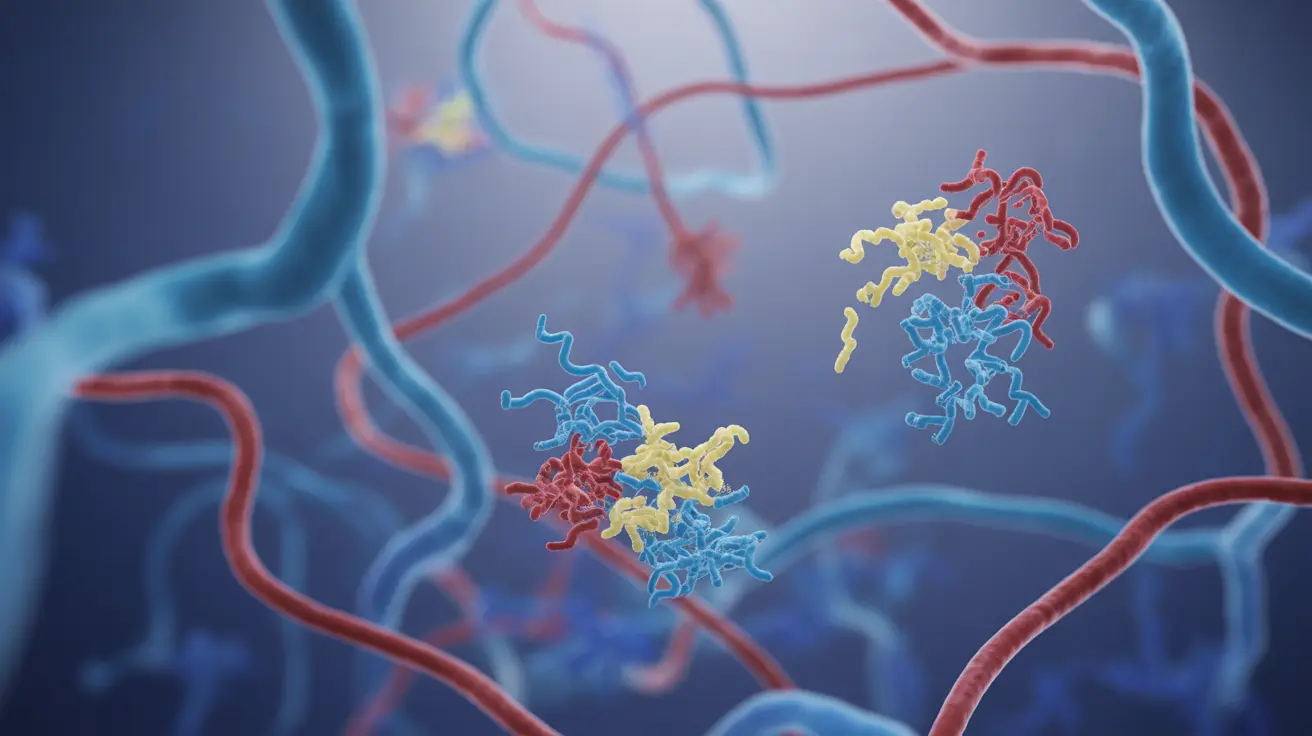Troponin levels are crucial indicators that healthcare providers use to diagnose heart conditions, particularly heart attacks. Understanding what constitutes a high troponin level can be vital for both medical professionals and patients in evaluating heart health and determining appropriate treatment paths.
This comprehensive guide explores the significance of troponin levels, what makes them elevated, and how medical professionals interpret these important cardiac markers.
What Are Troponin Levels?
Troponin is a protein complex found primarily in heart muscle cells. When heart muscle damage occurs, these proteins are released into the bloodstream, making them reliable indicators of cardiac injury. Healthcare providers measure two main types of troponin: troponin T and troponin I.
Normal vs. High Troponin Levels
The interpretation of troponin levels depends on the specific test used by the laboratory. Generally, results are measured in nanograms per milliliter (ng/mL) or nanograms per liter (ng/L). Different laboratories may use varying reference ranges, which is why it's essential to interpret results in conjunction with a healthcare provider.
Standard Troponin Tests
For conventional troponin tests, levels are typically considered elevated when they exceed:
- 0.04 ng/mL for troponin I
- 0.01 ng/mL for troponin T
High-Sensitivity Troponin Tests
High-sensitivity troponin tests can detect much smaller changes in troponin levels, allowing for earlier detection of heart muscle damage. These tests use different reference ranges and can vary by gender:
- Women: Generally above 14 ng/L
- Men: Generally above 22 ng/L
Causes of Elevated Troponin Levels
While heart attacks are the most well-known cause of high troponin levels, several other conditions can lead to elevation:
- Severe heart failure
- Myocarditis (heart inflammation)
- Pulmonary embolism
- Kidney disease
- Severe infections or sepsis
- Strenuous exercise
- Certain medications
- Trauma to the chest
Monitoring and Testing
Healthcare providers typically measure troponin levels through blood tests at specific intervals. During a suspected heart attack, measurements are usually taken:
- Upon arrival at the emergency department
- 3-6 hours after the first test
- Additional tests as needed based on clinical findings
Frequently Asked Questions
- What troponin level is considered high and indicative of a heart attack?
A troponin level is typically considered high when it exceeds 0.04 ng/mL for troponin I or 0.01 ng/mL for troponin T. However, in the context of a heart attack, doctors look for a significant rise and/or fall in levels over several hours, not just a single elevated reading.
- What causes elevated troponin levels besides a heart attack?
Several conditions can cause elevated troponin levels, including severe heart failure, myocarditis, pulmonary embolism, kidney disease, severe infections, strenuous exercise, and chest trauma. This is why doctors consider troponin levels alongside other clinical findings and symptoms.
- How long do troponin levels remain elevated after heart muscle damage?
After heart muscle damage, troponin levels typically begin to rise within 2-3 hours, peak at 24-48 hours, and can remain elevated for 7-10 days. The exact duration depends on the severity of the damage and the individual's overall health status.
- Can normal troponin levels rule out a heart attack even if I have chest pain?
While normal troponin levels are reassuring, they cannot completely rule out a heart attack, especially early in the course of symptoms. This is why doctors often perform serial troponin tests over several hours and consider other clinical factors when evaluating chest pain.
- How do high-sensitivity troponin tests differ in defining high troponin levels?
High-sensitivity troponin tests can detect much smaller amounts of troponin in the blood, often using different reference ranges (typically measured in ng/L rather than ng/mL). These tests also often have gender-specific cutoff values and can detect heart muscle damage earlier than conventional tests.




